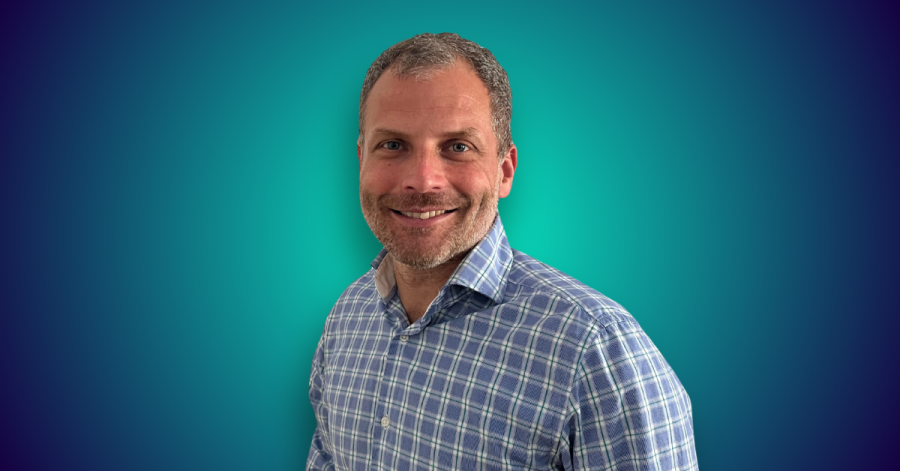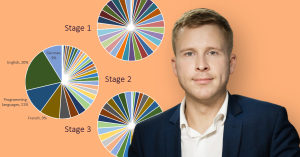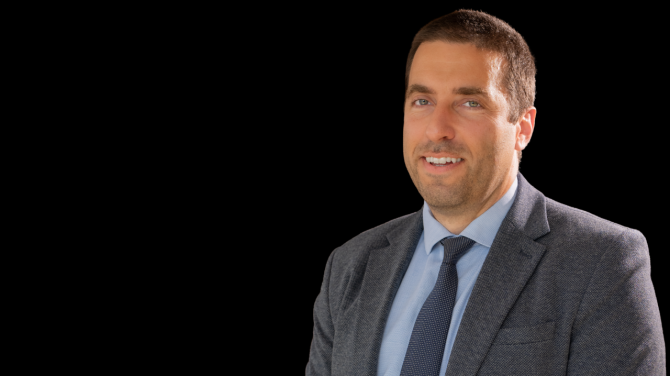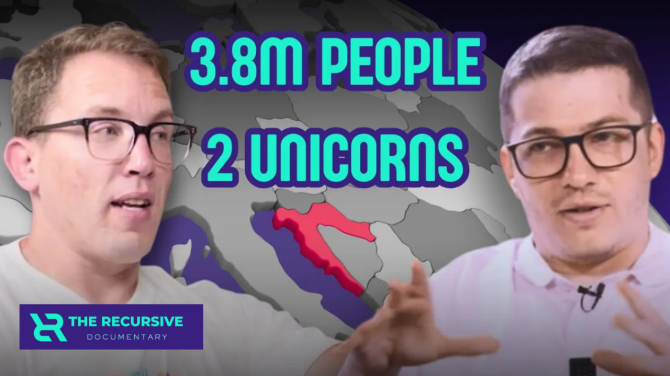By the time has·to·be was acquired for €250 million by ChargePoint in 2021, it had become Europe’s market leader in EV charging software, holding over 30% of the market. But the technology wasn’t the only thing setting it apart. Behind the scenes, something quieter – and arguably more radical – was driving its growth: a rethinking of how strategy gets executed in real life.
The engine wasn’t a proprietary algorithm or a secret playbook. It was a methodology called the Art of Acceleration (AOA), co-developed by managing director Martin Klässner and then-Chief Marketing Officer Jerolim Filippi, after watching their original system – Google’s beloved OKRs – crack under pressure.
“OKRs gave us structure, but not clarity,” says Filippi. “We started seeing people optimize for the metric, not the outcome. And no one felt truly responsible for the bigger picture.”
So they dropped it. What came next was a complete overhaul of how alignment, autonomy, and strategic focus worked inside a company.
A pivot born of necessity
Has·to·be, like many tech startups, began with standard tools: KPIs, dashboards, and quarterly objectives. The problem wasn’t that employees didn’t care. It was that the frameworks treated them like executors of someone else’s plan. “The model was top-down,” Filippi says. “But we were scaling too fast for one brain – or even one leadership team – to do all the thinking.”
The solution they built was deceptively simple: give everyone access to the company’s strategic direction, and then teach them how to align their decisions accordingly. “We didn’t lower expectations,” adds Filippi. “We raised context. That’s what changed everything.”
They called it the Art of Acceleration, or AOA – a structured but adaptable system designed to make strategy execution employee-driven, not leadership-dependent.
Within two years, has·to·be had scaled to over 180 employees. Productivity rose, but so did motivation. Teams worked with sharper focus, not just because of goals, but because they understood why the goals mattered – and had a say in how to reach them.
A Framework that’s not a framework
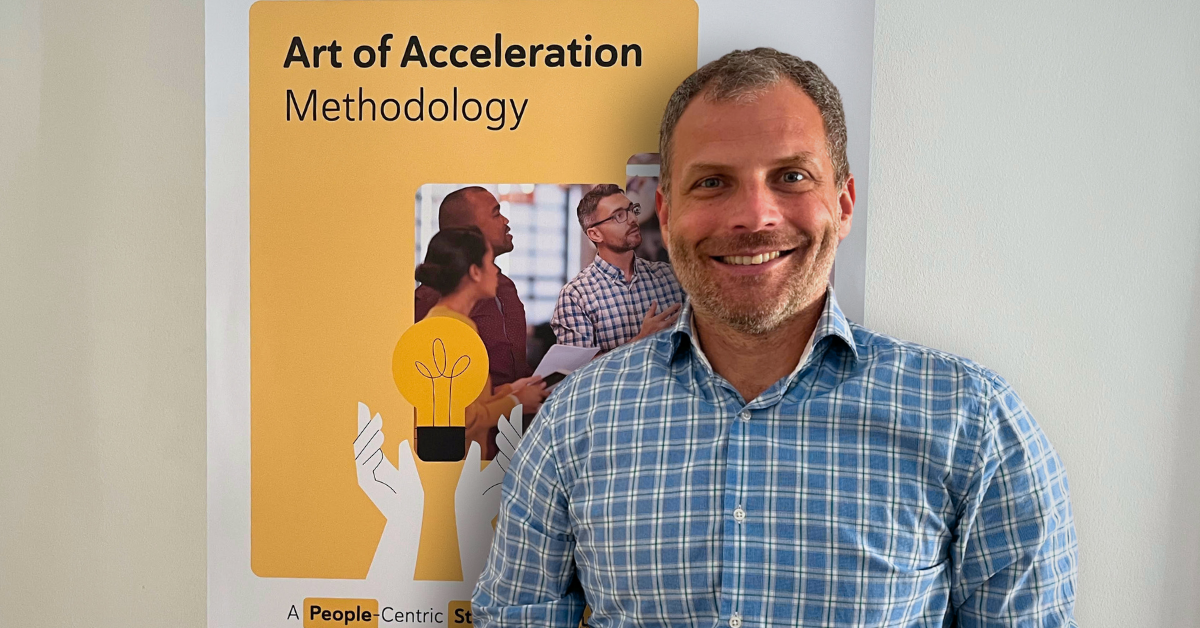
AOA is often framed as “Austria’s answer to OKRs,” though Filippi is quick to push back on labels. “It’s not about competing with Silicon Valley,” he says. “It’s about fixing a very old problem: how to make strategy actually work when you’re not in the room.”
The approach itself combines strategy development, organizational alignment, and team empowerment into one operating rhythm. It begins with building shared understanding – sometimes painstakingly – across teams about what the strategy actually means, in plain language. From there, departments define their own contributions and navigate trade-offs, guided by what GrowthSquare calls “principled decision-making.”
In practice, it means less micromanagement, and fewer confused Slack threads about who’s doing what and why. “The result is a company that’s better at thinking collectively,” explains Filippi.
AOA in Practice: The power of understanding
After the ChargePoint acquisition, Filippi and Klässner didn’t walk off into early retirement. They founded GrowthSquare GmbH in 2023 to formalize the AOA system and offer it to other companies struggling with the same misalignment they once faced. Based in Radstadt, GrowthSquare now provides AOA not only as a methodology, but also through software and coaching. Clients range from mid-size industrial firms to international scaleups.
Their pitch isn’t revolutionary so much as refreshingly grounded: better execution comes from people who know what they’re doing, why it matters, and how to navigate complexity without waiting for permission.
One standout example is Lithoz, a global leader in ceramic 3D printing based in Vienna. With 150 employees and operations in the U.S. and China, Lithoz adopted AOA in pursuit of a clearer, more inclusive strategy process. Within months, over 80% of its workforce reported not just understanding the company’s strategy, but actively helping shape it.
According to Timo Weidner, Director of Operations & Strategy at Lithoz, the shift to AOA replaced a planned OKR rollout. “OKRs just weren’t up to date for us,” he noted. “They were hard to teach, slow to implement, and left most people out of the loop.” In contrast, he comments the AOA was simple to onboard and intuitive to apply. Employees began setting their own team goals, coordinating across departments, and providing real-time updates on progress – giving management clearer visibility and teams more ownership.
“Instead of waiting for KPIs to tell us what already went wrong, we can now steer in real time,” commented Weidner. “We see bottlenecks earlier, fix misalignments faster, and break silos that used to slow us down.”
Less hype, more navigation
Filippi also likes using boat metaphors to visualize AOA. “Just like in rowing, every person needs to perform in alignment and synchronicity with everybody else, so that the best performance and right destination can be reached. They are all in tune with the rhythm, not just the frontman.” At has·to·be, he recalls, they once joked that if their CEO got hit by a car (he actually did, though only minor injuries), the company would be in trouble.
“That was a wake-up call. A resilient company can’t rely on a single brain.”
With AOA, leadership becomes less about giving answers and more about distributing clarity. “Strategy is no longer something that gets ‘rolled out’,” says Fillipi. “It becomes something people help build, shape, and steer.”
It’s easy to assume that any new methodology in the corporate world comes pre-packaged with Silicon Valley flair, buzzwords, and promises of exponential returns. But AOA’s appeal lies in its restraint. There’s no “move fast and break things” ethos here – just a clear-eyed recognition that execution depends not on more tools, but better communication and shared direction.
At a time when many companies are drowning in dashboards and still struggling to move, GrowthSquare is betting that the ability to execute well – not just plan ambitiously – will define the winners of the next decade.
And maybe the lesson is this: in the end, acceleration isn’t about how fast you run – it’s whether everyone knows where you’re going, and why.

